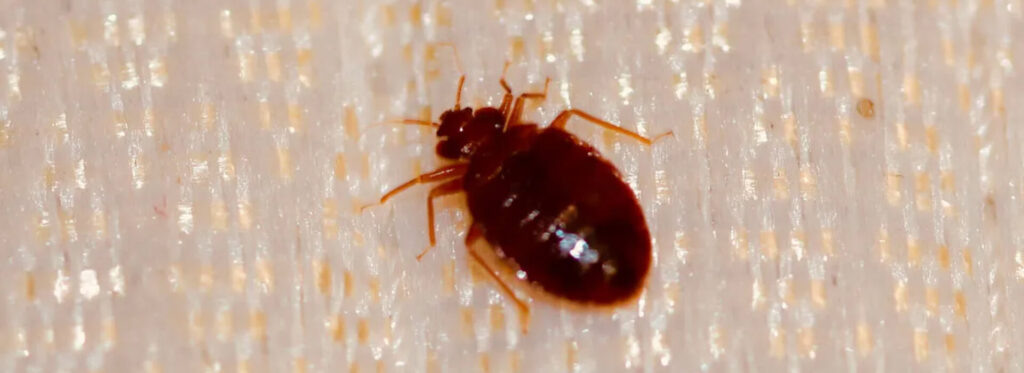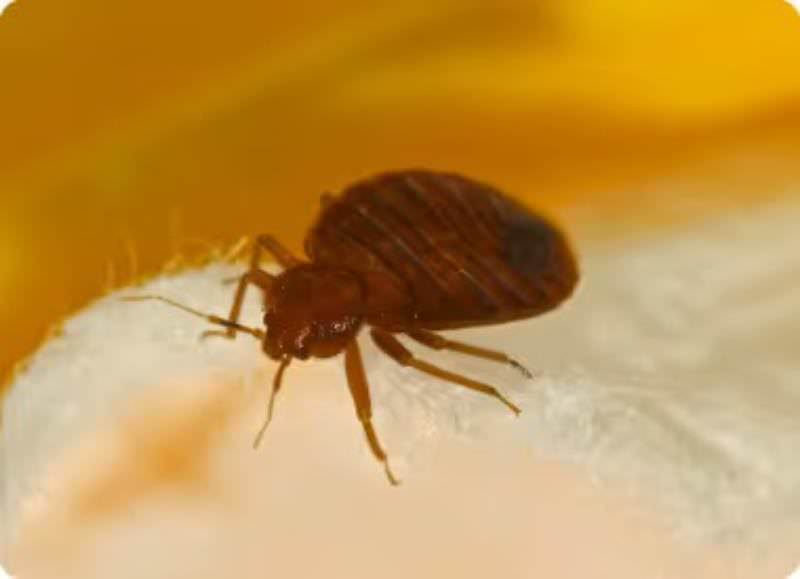Everyone should learn how to check for bed bugs! After all, the sooner you catch a bed bug problem, the easier it is to deal with. Once they spread, they become much harder to get rid of, so early detection really matters. But spotting a small infestation isn’t always straightforward. Bed bugs can be confused with other insects, and unless you know exactly what to look for, they’re easy to miss.
You also can’t rely on bite marks to tell you what’s going on. Some people don’t react at all, and others end up with bites that look like they could be from anything. The best way to stay ahead of the problem is to learn where bed bugs usually hide and what signs to look out for before things get out of hand.
Tools to Make Checking Easier
Before we get into how to check for bed bugs, find the following tools to ease your search.
1. Flashlight
A good flashlight helps you see into seams, cracks, and dark corners where bed bugs hide. Light exposes details you would miss in normal room lighting, especially when looking along mattress edges or inside furniture joints.
2. Magnifying Glass
Bed bug eggs and young nymphs are very small, almost translucent. A magnifying glass makes it easier to tell them apart from lint or dust, which can prevent false alarms.
3. Bed Bug Interceptors
These are small traps that go under bed legs. As bed bugs move in or out of the bed, they get caught inside. Interceptors don’t fix an infestation, but they help confirm whether bed bugs are active so you can act quickly.
Spotting Evidence of Bed Bugs

When you’re checking your bed, take a close look at the seams, corners, and tags on your mattress.
- If you see reddish, rust-like stains, those might be from bed bugs that were crushed.
- Tiny dark spots are another red flag. They’re often found on sheets or mattress fabric and can look a bit like ink marks left by a fine-tip pen.
- You should also look for small, pale eggs or shed skins, which tend to collect in fabric folds or along mattress edges.
- If any bugs are still around, they’re usually small, flat, and hiding in tight spaces near the bed, like in the creases of furniture or small cracks in the frame.
Common Places Bed Bugs Conceal Themselves
Bed bugs usually stick close to where you sleep, hiding out in small spaces that are easy to miss. For instance:
- Around your bed.
- Check along the seams of the mattress.
- Look inside the folds of the box spring
- Inspect any cracks or gaps in the frame or headboard.
These are some of their favorite daytime hiding spots. Still, if the problem has gotten worse, they might have spread beyond the bed. So:
- Look through the seams of your sofa.
- Check between cushions.
- Search around the folds of the curtains.
- It’s also worth checking drawer joints, behind outlet covers, and even inside electronics.
They can also turn up in some pretty unexpected places, like:
- Under loose wallpaper.
- Behind picture frames.
- The corners where the walls meet the ceiling.
Any gap wide enough to slide a credit card into can hide a bed bug, so the more carefully you check, the better your chances of spotting them early.
Should You Get Professional Help?
Sometimes, no matter how closely you look, you still feel unsure. If you’ve found a few signs or just can’t shake the feeling that something’s hiding out of sight, it might be time to bring in help. At Alta Pest Control, we’re trained to spot the stuff most people overlook. We don’t just treat surface-level problems. Instead, we look at the whole picture to stop bed bugs from spreading further. Getting help early can make the difference between a quick fix and a long, drawn-out problem.

Important Bed Bug Behaviors and Habits to Keep in Mind
Blood Feeding Patterns
Bed bugs mostly feed on human blood, though they can also go after other animals if needed. They usually stay tucked away in hiding spots and come out at night, often traveling anywhere from 5 to 20 feet to reach you. If they’re really hungry, though, they might not wait for nighttime. When they do feed, it usually takes about 3 to 12 minutes.
Sometimes, you’ll see rusty or dark marks on your sheets. That can happen when bed bugs leave behind bits of digested blood during or after feeding.
Developmental Stages and Reproduction
Bed bugs go through six stages before reaching adulthood, and they need a blood meal at each stage to keep growing. Sometimes they feed more than once in a single stage just to keep up with their development. To keep reproducing, both males and females need to feed at least every couple of weeks.
A single female can lay about one to three eggs each day, eventually producing anywhere from 200 to 500 eggs over her lifetime, usually lasting six months to a year. If conditions are just right, a bed bug can go from egg to full-grown adult in about four to five weeks.
Environmental Preferences and Survival
Bed bugs can handle surprisingly cool temperatures and stay active down to about 7°C, or 46°F. But they can’t survive once their body temperature hits around 45°C, which is 113°F. That’s why heat treatments have to get the room hotter than that and keep it there for a while to actually work. You’ll mostly find them in places where people sleep or spend a lot of time, like homes or hotels. Some tropical types need warmer climates, though, so they tend to show up more in those regions.
Frequently Asked Questions
1. What is the easiest way to detect bed bugs?
The quickest way is to look where they like to hide. Check the seams of your mattress, behind the headboard, inside the bed frame, and any cracks around the bed. A flashlight makes it easier to spot them. If you’re not sure, bed bug interceptors under the bed legs can help confirm if they’re around.
2. What are the first signs of bed bugs?
You might see little dark or rusty spots on your sheets, or notice bites that show up overnight. Sometimes, there are tiny eggs or shed skins tucked into mattress seams or furniture edges.
3. Do I have bed bugs, or am I just paranoid?
It’s easy to panic if you’ve had a few mysterious bites. The only way to be sure is to look for real evidence. Check the spots where they usually hide. If you don’t see anything but still have doubts, getting someone experienced to take a look can help settle it.
Share article:
